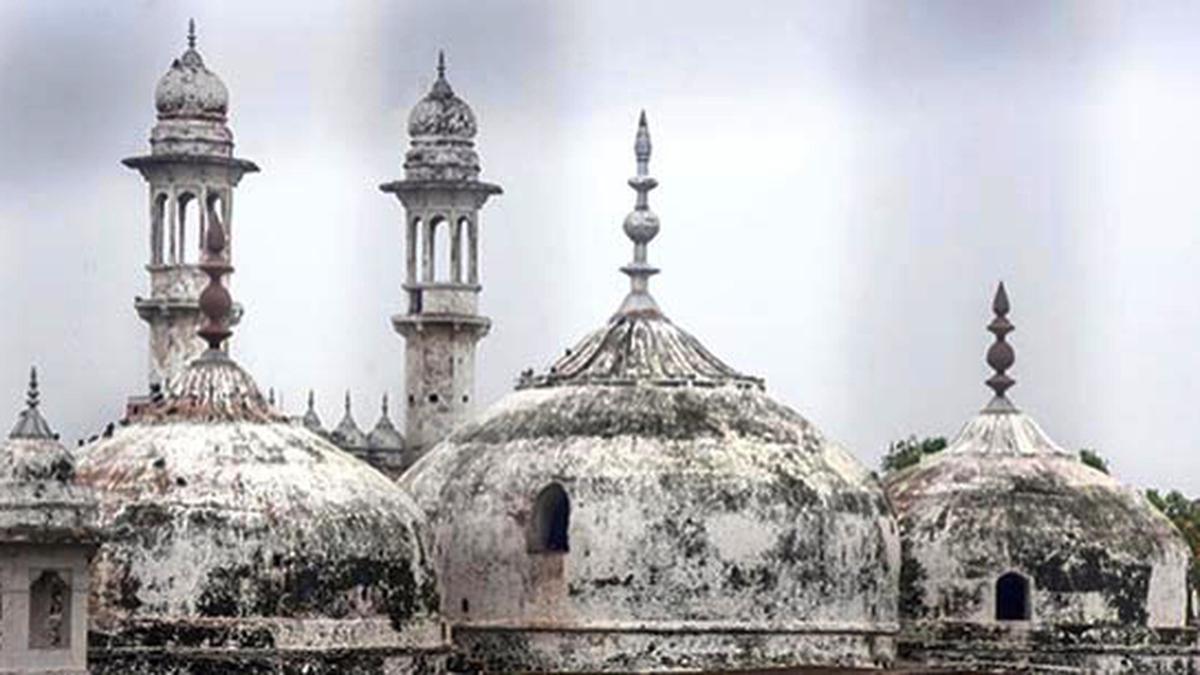Sculptures of Hindu deities and carved architectural members were found buried under the dumped soil in cellar S2, says report

The western wall of the Gyanvapi mosque located in Varanasi, Uttar Pradesh, is the remaining part of a pre-existing Hindu temple, says the ground penetrating radar (GPR) survey report of the structure prepared by the Archaeological Survey of India (ASI). The ASI report concluded that it can be said there existed a Hindu temple prior to the construction of the existing structure, that is the mosque.
#WATCH | Varanasi, Uttar Pradesh | Advocate Vishnu Shankar Jain, representing the Hindu side, gives details on the Gyanvapi case.
He says, "The ASI has said that the pillars and plasters used in the existing structure were studied systematically and scientifically for the… pic.twitter.com/JYwmKkTDxE
— ANI (@ANI) January 25, 2024
“The western wall of the Gyanvapi mosque existing structure is the remaining part of a pre-existing Hindu temple. This wall, made of stones and decorated with horizontal mouldings, is formed by remaining parts of western chamber, western projections of the central chamber and western walls of the two chambers on its north and south. The central chamber attached to the wall still exists unchanged whereas modifications have been made to both the side chambers,” the ASI report, whose copy is with The Hindu, said.
The Arabic-Persian inscription found inside a room mentions that the mosque was built in the 20th regal year of Aurangzeb (1676-77 CE). Hence, the pre-existing structure appears to have been destroyed in the 17th century, during the reign of Aurangzeb, and part of it was modified and reused in the existing structure.
The ASI also stated that it had systematically and scientifically studied the pillars and pilasters used in the existing structure and it was found that for the enlargement of the mosque and constructing sahan, parts of the pre-existing temple, including pillars and pilasters, were reused with little modifications.
“Minute study of the pillars and pilasters in corridor suggests that they were originally part of the pre-existing Hindu temple. For their reuse in the existing structure, vyala figures carved on either side of lotus medallion were mutilated and after removing the stone mass from the corners that space was decorated with floral design. This observation is supported by two similar pilasters still existing on the northern and southern wall of the western chamber in their original place,” the ASI added.
Sculptures of Hindu deities and carved architectural members were found buried under the dumped soil in cellar S2, the ASI report said.
The ASI had carried out scientific investigation/ survey in 2150.5 square metre area of the Gyanvapi mosque fenced with steel grill, in and around the existing structure (excluding the Wazukhana area sealed by the orders of the Supreme Court), at Settlement Plot No. 9130, Varanasi. A detailed report was prepared and submitted in the court on December 12 in a sealed cover.
Source : TheHindu.com




